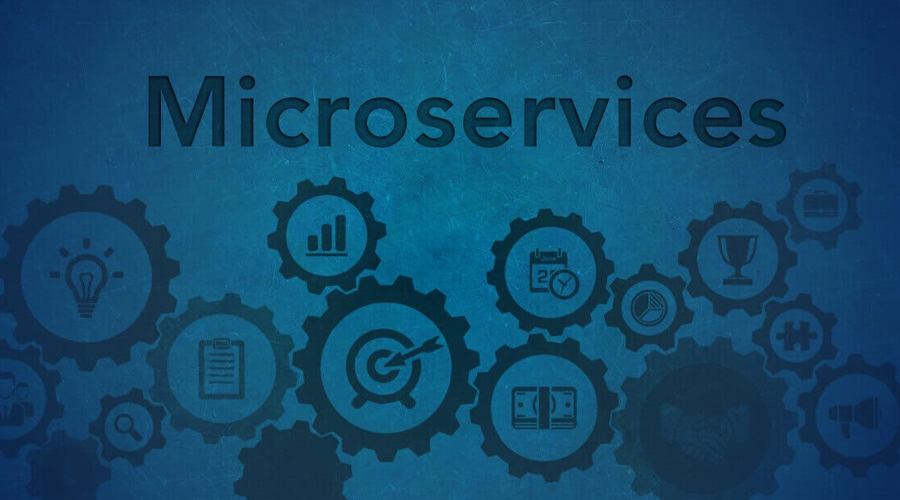An Ultimate Guide to Microservices Frameworks
Microservices frameworks are becoming effectively popular these days among Software Development Services UK and all over the world. It is making its place among the likes of Agile, DevOps, and RESTful services. Microservices is the approach to constructing a large application with the help of multiple small deployable solutions.
Most of the applications until now used the traditional monolithic architecture approach to development. This means the front end, back end, and all other aspects of the application are rooted in a single codebase. Although this was a perfectly good approach when businesses needed to publish static content only on a static website.
Today the software requirements have become very demanding. You need to be interactive to compete with your contemporaries. Microservices frameworks come in handy here. They are understandably small in stature but that is the very reason behind their power. The microservice software architecture enables you easily to add, rearrange, and remove them to create custom tools. These tools can deliver effective solutions to any business function, at any time.
What are Microservices Frameworks?
Microservices frameworks are a series of loosely coupled services. Each component possesses its specific capabilities and executes its functions by interacting with lightweight mechanisms. These frameworks are a variant of service-oriented architecture structural style constituted with fine-grained services and lightweight protocols. Software Development Services UK and other countries as well use microservices frameworks due to the flexibility they offer in terms of creating custom business solutions.
Microservices are among the four foundational elements of MACH technology. API connectivity, cloud-nativity, and headless infrastructure are the other three that complete the setup of MACH technology. It is known for its integrability, scalability, and ease of evolution.
When Do You Need Microservices?
Most companies work with limited resources of each kind to optimize their efficiency and productivity. When you see your development team is putting more than necessary hours and efforts into creating the business solution software application you need. That is the time you must switch to microservice architecture. That is not all, there are a few more things that must motivate you to make a move towards a microservices framework:
- When you are open to adapting to the latest technology stack
- Different components of your application have different paces of development
- There is a requirement for software modules to interact with external dependencies frequently
- When you need to execute the production of modules with their repositories
- All components share a different amount of load
How to Build a Microservice?
Software Development Services UK along with services across the globe is adopting a microservice architecture. There are three key steps to building a microservice framework:
- Firstly, do a complete analysis of your existing monolithic architecture along with its functions and services.
- Divide the whole comprehensive application into small fragments or modules that are loosely coupled together. Each module must have the capability to operate itself to accomplish a specific goal. Moreover, all the small applications or modules as we say must interact with all other modules to work as a whole application as well.
- Now, you can choose appropriate tools for microservice architecture management and integration. This will help you to manage multiple services.
Criteria for Choosing a Technology for Microservices
There are a few aspects you need to consider before choosing the right technology for microservices. These aspects are:
- Ease of Development: The technology you choose must help the productivity and optimize the product outcome. Also, the tools and IDEs should support the framework for rapid app development.
- Architectural Support: Microservice architecture comes with modules and interfaces that have existing design patterns. This makes the coding process of applications much simpler for the developers.
- Automation Support: The feature of automating the task of deploying and implementing the microservices can benefit the developers to create a better framework.
- Variety of frameworks and languages: The technology you are choosing must be versatile enough to accommodate different programming languages such as Spring Boot, Go Micro, AxonIQ, and Helidon. Python, C++, Node.js, and Java.
- Continuous Integration: Code is shared into a common repository for integration on a frequent basis. There must be an automated mechanism for continuous verification of these codes.
Introducing Microservices into Your Tech Stack
To successfully introduce a microservices framework into your tech stack you should stick to the following steps:
- Make sure you have the right expertise in your workforce to accommodate microservices. Also, you must have the access to sufficient engineering talent, and your marketing team must be right for it.
- Clearly defined goals and objectives are necessary. Additionally, there must be a plan to achieve those objectives.
- Adopt a headless CMS (content management system) to simplify implementing microservices for marketing.
- Build a small, cross-functional, and agile team to carry out your development plans and accomplish projects.
- Create proper documentation and maintenance schedule and mechanism.
- Start slowly with small projects and slowly make your way forward.
The Final Word
Microservices Frameworks amplify the capabilities of your application by evolving distributed development. Software Development Agency London and all major cities of the world are looking forward to the scope of microservices in their development stack. All you need to do is keep learning as these are still early days for the technology and it is continuously upgrading.

